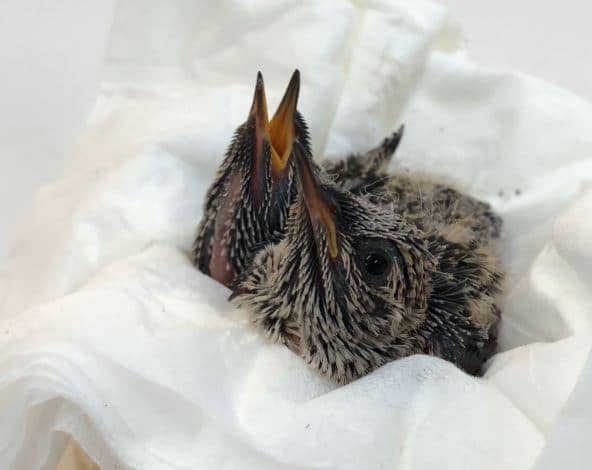
How to Care for Abandoned Baby Hummingbirds
Hummingbirds are fascinating creatures that are often seen flitting around gardens and parks. They are known for their small size, bright colors, and unique ability to hover in mid-air. However, these tiny birds are also very fragile, and their young are especially vulnerable. If you find an abandoned baby hummingbird, it is important to know how to care for it properly in order to give it the best chance of survival.
Identifying an Abandoned Baby Hummingbird
The first step is to identify an abandoned baby hummingbird. Baby hummingbirds are typically very small, about the size of a bumblebee. They have long, thin beaks and their feathers are not fully developed. They may be found on the ground, in a nest, or even in your hand.
If you find a baby hummingbird, it is important to assess its condition. If the bird is injured or bleeding, you should take it to a wildlife rehabilitator immediately. If the bird is not injured, you can try to care for it yourself.
Feeding a Baby Hummingbird
The most important thing to do when caring for a baby hummingbird is to feed it properly. Baby hummingbirds need to eat every 15-20 minutes, so it is important to have a feeding schedule in place.
There are two ways to feed a baby hummingbird:
- Syringe feeding: This is the most common way to feed a baby hummingbird. You will need a syringe with a small needle (26-28 gauge). Fill the syringe with hummingbird nectar and gently insert the needle into the bird’s mouth. Be careful not to force the food into the bird’s mouth, as this could injure it.
- Spoon feeding: This is a less common way to feed a baby hummingbird, but it can be used if the bird is not taking food from a syringe. To spoon feed a baby hummingbird, you will need a small spoon or dropper. Dip the spoon or dropper into hummingbird nectar and gently place it in the bird’s mouth.
Hummingbird Nectar
Hummingbird nectar is a special food that is made specifically for hummingbirds. It is important to use hummingbird nectar that is made with pure cane sugar, as other types of sugar can be harmful to hummingbirds.
You can make your own hummingbird nectar by mixing 1 part sugar with 4 parts water. Boil the water and then add the sugar. Stir until the sugar is dissolved. Allow the nectar to cool before feeding it to the bird.
Keeping a Baby Hummingbird Warm
Baby hummingbirds are very sensitive to cold, so it is important to keep them warm. You can do this by placing them in a warm, dark place. You can also use a heating pad set on low to keep the bird warm.
Releasing a Baby Hummingbird
Once a baby hummingbird is old enough, it will need to be released back into the wild. The best time to release a baby hummingbird is when it is fully feathered and can fly well.
To release a baby hummingbird, simply place it in a safe location outdoors. The bird will likely fly away on its own.
Conclusion
Caring for a baby hummingbird can be a rewarding experience. However, it is important to remember that these birds are very fragile and require special care. If you find an abandoned baby hummingbird, it is important to assess its condition and take it to a wildlife rehabilitator if necessary. If the bird is not injured, you can try to care for it yourself by following the steps outlined in this article.
